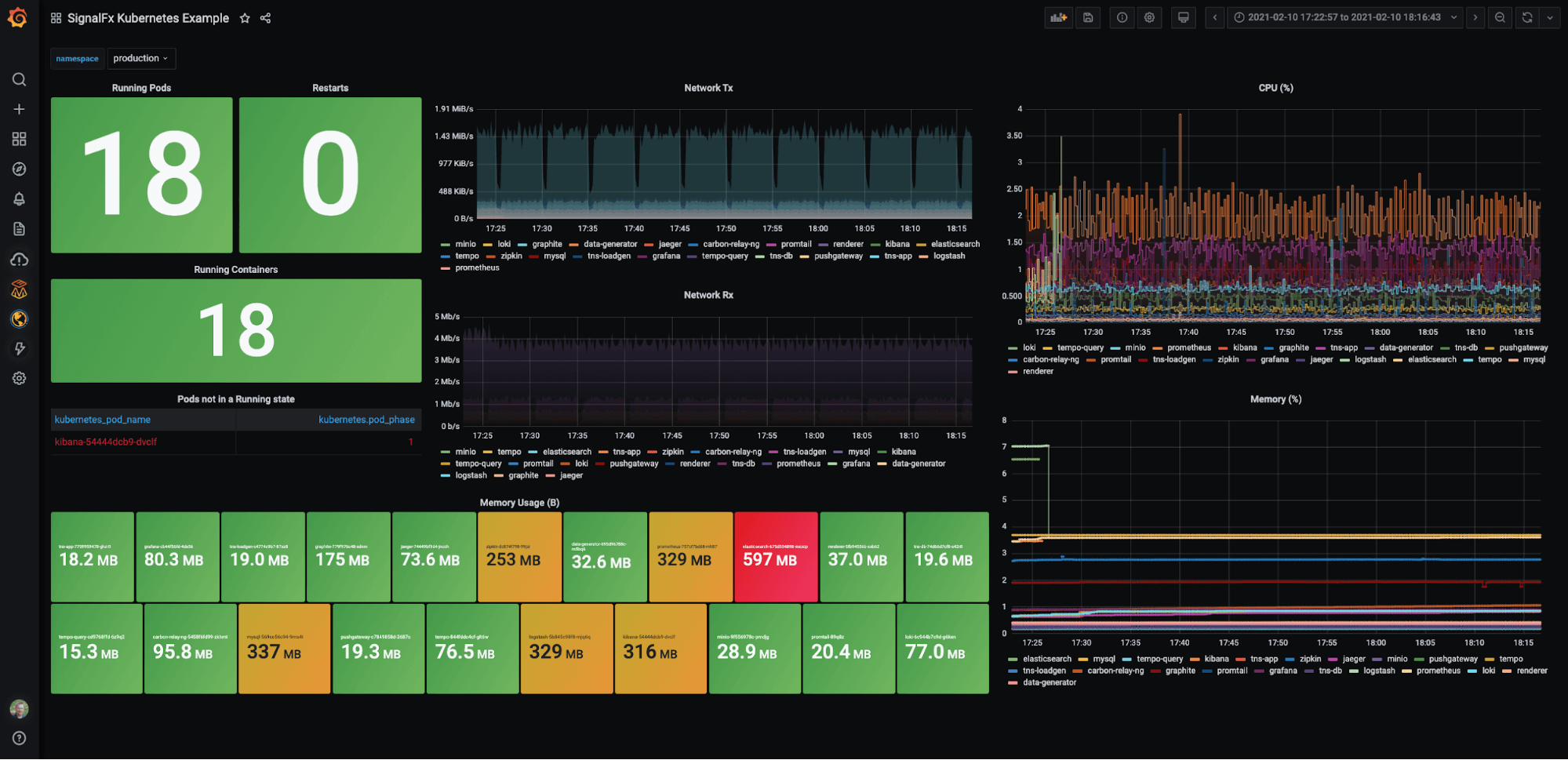

- #ANCHORED SPLUNK DEFINITION UPGRADE#
- #ANCHORED SPLUNK DEFINITION WINDOWS 10#
- #ANCHORED SPLUNK DEFINITION WINDOWS#
#ANCHORED SPLUNK DEFINITION WINDOWS#
From the Event Viewer navigation tree, select Windows Logs.From a Windows desktop, open the Event Viewer desktop application.Follow the steps below to avoid event override. If you are noticing dropped events in your Splunk platform, it may be a result of a setting in the Windows Utility Viewer. If the search does not return expected events, make sure that you have installed the Splunk Add-on for Windows on all search heads in your Splunk Enterprise deployment.
#ANCHORED SPLUNK DEFINITION UPGRADE#
See the Configure users and roles section in Upgrade the Splunk Add-on for Windows. You have the "windows_admin" role added to your user.If the search does not return the expected events, check the following. Run the following search to see if Windows Event Log and performance metric data are present in Splunk Enterprise.Įventtype=wineventlog_windows OR eventtype=perfmon_windows If you have changed the index names in nf, make sure that the custom indexes are present on all forwarders and indexers.You have installed the add-on into the indexers or heavy forwarders in your deployment.You have enabled the inputs included with the Splunk Add-on for Windows on each forwarder that runs the add-on.

If the search does not return the expected sourcetypes, check the following. If you are not using a custom index, run the following search with index=main. Run the following search to see the count of events by sourcetype collected by the Splunk Add-on for Windows. Use the following searches to check that the Splunk Add-on for Windows is properly configured. This causes re-indexing of the entire file, which may cause data duplication.
#ANCHORED SPLUNK DEFINITION WINDOWS 10#
In Windows 10 And Windows Server 2016, the Get-WindowsUpdateLog command will generate a static WindowsUpdate.log file every time the command runs. The size of the truncation depends on the size of new events. Windows 8, Windows 8.1, Windows Server 2012, Windows 2008R2, and Windows 2012R2 overwrite the WindowsUpdate.Log file after it reaches a certain size, and then truncate the log file from the beginning. See Upgrade the Splunk Add-on for Windows for instructions on upgrading your add-on. If you recently upgraded to the Splunk Add-on for Windows version 6.0.0 and are experiencing data loss, you might have incorrectly upgraded your add-on. If you are trying to launch or load views for this add-on and you are experiencing results you do not expect, turn off visibility for the add-on.įor more details about add-on visibility and instructions for turning visibility off, see Troubleshoot add-ons in Splunk Add-ons. This add-on does not have views and is not intended to be visible in Splunk Web.


 0 kommentar(er)
0 kommentar(er)
